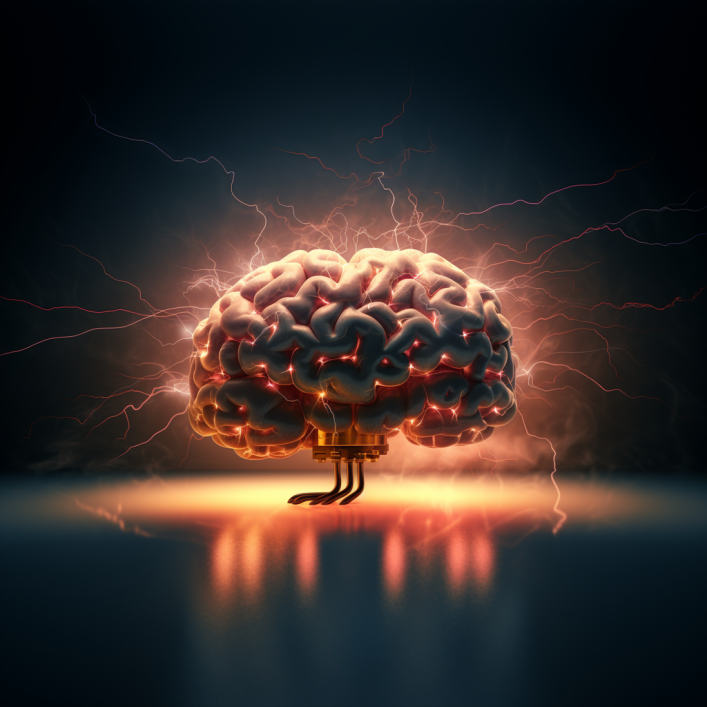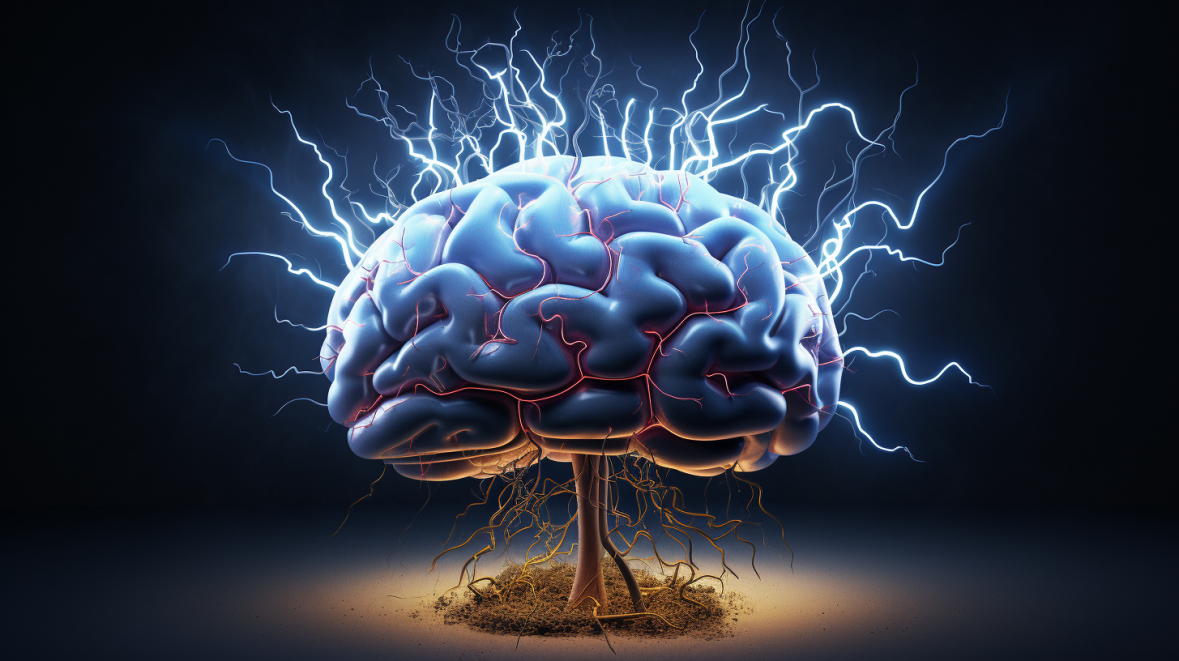Brain zaps are brief, electric shock-like sensations felt in the brain that can occur when decreasing or stopping dosage of certain antidepressants.
Though poorly understood, new research is shedding light on this perplexing phenomenon.
Key Facts:
- Brain zaps are a recently acknowledged potential side effect of discontinuing certain antidepressants like SSRIs and SNRIs.
- They feel like brief electric jolts or vibrations inside the head, sometimes accompanied by dizziness or sounds.
- Onset of brain zaps correlates with antidepressant half-life; longer half-life drugs like fluoxetine lead to longer latency before zaps occur.
- Lateral eye movements are reported as a major trigger for brain zaps by many patients.
- Brain zaps can be severe enough to significantly impact daily functioning and quality of life.
The Mysterious Phenomenon of Brain Zaps
Brain zaps have only recently been acknowledged in psychiatry as a potential consequence of discontinuing or lowering the dose of certain antidepressants like SSRIs and SNRIs.
Patients describe the sensations as brief electric shocks or vibrations originating inside the head or brain.
The term was coined by patients on internet forums in the 1990s and 2000s and has now entered mainstream medicine as more is learned about this little-understood phenomenon.
Still, research specifically on brain zaps remains limited, leaving many questions unanswered.
Dr. Alexander Papp, a psychiatrist at the University of California, San Diego, became intrigued by reports of brain zaps among some of his patients.
He noticed very little formal research had been done to characterize the symptoms.
To learn more, Papp and his colleague analyzed over 3000 reports of brain zaps voluntarily submitted by patients through an online questionnaire.
Their findings provide new insights into the patterns, triggers, and impact of this mysterious occurrence.
Onset of Brain Zaps Linked to Antidepressant Half-Life
One key finding from Papp’s research was that the onset of brain zaps appears connected to the half-life of the antidepressant the patient had been taking.
Half-life refers to the time it takes for levels of a drug in the body to decrease by half.
Antidepressants with longer half-lives like fluoxetine can take weeks to leave the system after stopping, while those with shorter half-lives like paroxetine taper off much more rapidly.
The data showed significantly longer latencies between stopping medication and experiencing the first brain zap among those who had taken longer half-life antidepressants.
This suggests brain zaps may represent a response to withdrawing from effects of these drugs on brain neurochemistry.
The correlation provides perhaps the strongest evidence yet that brain zaps are biologically linked to antidepressant discontinuation rather than being purely subjective phenomena.
Lateral Eye Movements Major Trigger

Another striking finding was the very high number of patients reporting lateral eye movements as a major trigger leading to zap sensations.
Over half of the respondents noted eye movements specifically, or possibly head and eye movements, immediately precipitated zaps.
This was often described as the zap occurring when looking side to side.
The reason for this apparent connection between lateral eye movements and brain zaps remains a mystery.
But it points to eye movement as an intriguing avenue for further research into the neurobiology underlying zaps.
Severe Impacts on Quality of Life
Along with characterizing the nature of brain zaps, Papp investigated their real-life impacts on patients through the online questionnaire.
The vast majority of respondents described significant or even severe negative quality of life effects from brain zaps.
Only around 2% felt the zaps had no real impact on daily functioning.
Some patients found their zaps so intolerable they restarted their medication after initially trying to wean off.
Unfortunately, this strategy helped relieve zaps in only about half those who tried it.
Brain zaps also frequently went unreported by patients and misunderstood by doctors.
Only about a third of respondents said they had informed their doctor about the symptoms.
Of those who did, the most common remedies like antidepressant adjustments did little to alleviate zaps.
Overall, the findings indicate brain zaps represent a very real phenomenon that can seriously affect well-being for those afflicted.
More clinical awareness and research into effective treatments are still needed.
Theories on Causes of Brain Zaps
What exactly causes brain zaps remains unknown.
But scientific theories are emerging based on their apparent connection to chemical changes in the brain.
Antidepressants like SSRIs work by increasing levels of serotonin, a neurotransmitter involved in regulating mood.
Suddenly stopping an SSRI leaves the brain with abnormally low serotonin levels.
Experts posit that brain zaps may represent the brain’s reaction to these rapid serotonin changes.
Zaps are not reported with drugs like lithium that do not affect serotonin, further supporting this theory.
One hypothesis involves a brain region called the dorsal raphe nucleus, home to serotonin-releasing neurons reaching throughout the brain.
Perhaps alterations in normal firing patterns here contribute to the zap sensation during serotonin withdrawal.
Other theories speculate that abrupt changes in ion channels or resting membrane potentials caused by rapidly shifting neurotransmitters could make nerve cells more excitable, leading to zap-like activity.
The serotonin system is complex, so more research on brain zaps should provide greater insight into its workings.
Already it seems likely these sensations arise from neurochemical withdrawal effects.
Conclusion: Brain zaps an intriguing sensory phenomenon
Brain zaps are an intriguing sensory phenomenon that can occur in some individuals who discontinue or reduce dosage of certain antidepressants like SSRIs and SNRIs.
Though research is still limited, important clues are emerging.
It appears zaps represent a reaction by the brain and nervous system to neurochemical changes brought on by withdrawal from these drugs’ effects on serotonin pathways.
Lateral eye movements are strongly linked to zap onset for unknown reasons.
While most patients recover within weeks, others experience persisting, debilitating zaps severely impacting their quality of life.
These findings underscore the need for greater clinical awareness and development of effective treatments.
Brain zaps offer a window into the profound influence neurotransmitters have on the brain’s functioning.
Unlocking the secrets behind this unusual phenomenon promises to expand our understanding of the complex world of neurochemistry.
References
- Study: Triggers and characteristics of brain zaps according to the findings of an internet questionnaire
- Authors: Alexander Papp & Julie A Onton (2022)







